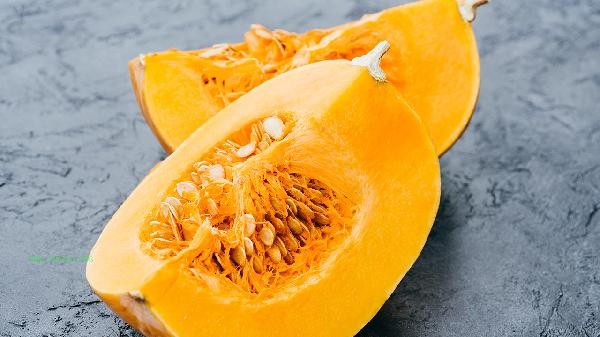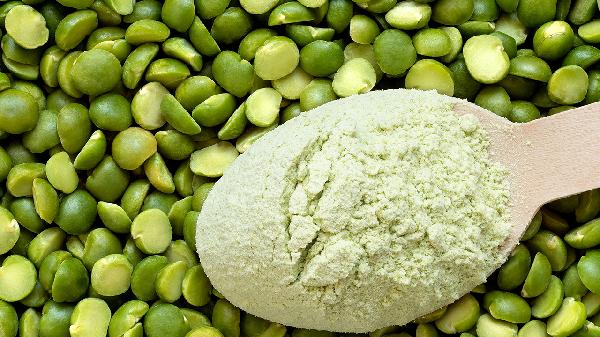Combining a reasonable diet with abdominal muscle training can improve the effect, mainly by controlling calorie intake, increasing protein ratio, choosing low sugar and carbon water, supplementing necessary vitamins and minerals, and maintaining water balance.

1. Control calorie intake
During the weight loss period, it is necessary to create a moderate calorie deficit, and the recommended daily total calorie intake is slightly lower than the sum of basal metabolism and exercise expenditure. To avoid muscle loss caused by extreme dieting, calorie intake can be controlled by reducing refined carbohydrates and high-fat foods. Keeping a diet diary helps to grasp the actual intake, and it is advisable to maintain 70% full for each meal.
2. Increase protein ratio
The recommended protein intake is 1.5-2 grams per kilogram of body weight, with priority given to high-quality proteins such as chicken breast, fish, and egg whites. Protein intake in multiple doses is more effective, and supplementing whey protein within 30 minutes after training can help with muscle repair. Plant protein needs to pay attention to amino acid complementarity, such as pairing beans with grains for consumption.
3. Choose low sugar carbohydrates
Before and after training, moderate intake of slow carbohydrates such as oats and brown rice can be taken to avoid severe fluctuations in blood sugar levels. Vegetables and fruits provide dietary fiber and micronutrients, and dark vegetables such as broccoli and spinach should account for more than half of the total daily intake of vegetables. Choose low sugar fruits such as blueberries and apples, and control them within 200 grams per day.

4. Supplementing essential nutrients
The synergistic effect of vitamin D and calcium helps with muscle contraction function, which can be supplemented through dairy products and sunbathing. Magnesium is involved in energy metabolism, and nuts and whole grains are good sources. When the training intensity is high, attention should be paid to supplementing B vitamins, as animal liver and coarse grains have higher content.
5. Maintain water balance
The recommended daily water intake is 30 milliliters per kilogram of body weight, and 100-150 milliliters of water should be replenished every 15 minutes during training. After exercise, the color of urine can be used to determine whether hydration is sufficient, with a light yellow color being the ideal state. Electrolyte drinks are suitable for high-intensity training lasting more than 1 hour, and drinking plain water is sufficient for daily training.

The dietary plan should be dynamically adjusted according to the training stage. During the muscle building phase, the carbon water ratio can be appropriately increased, and during the fat loss phase, sufficient protein should be ensured. Avoiding long-term single meals and scheduling 1-2 flexible meals per week can help with psychological regulation. The main cooking method is steaming and stewing, reducing the use of oil. Sleep quality directly affects muscle recovery, and it is recommended to ensure at least 7 hours of high-quality sleep. Regularly monitor changes in body fat percentage and muscle mass, and adjust diet and training plans in a timely manner.








Comments (0)
Leave a Comment
No comments yet
Be the first to share your thoughts!